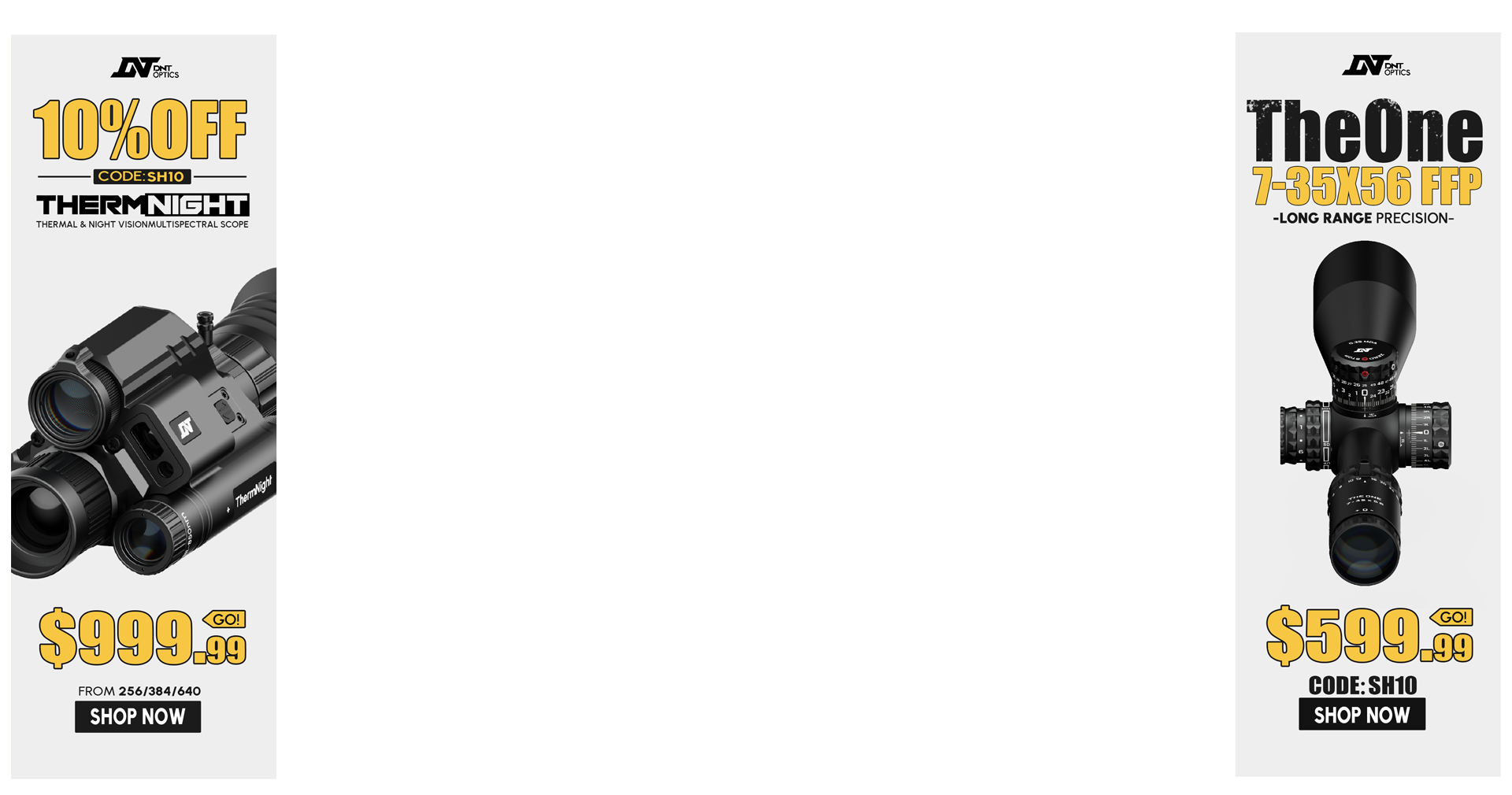Hello,
I'm loading some Sierra .338 250gr. MK HPBT with H-1000, Lapua Brass and 215M Primers. The max charge for this is 100.0 gr.
I would like to load some Lapua Scenar 250gr. bullets with the same powder/brass/primer config. But the only reference from the V.V. manual uses N-560. I've tried this last week and it
was very disappointing at 2000yds.
The difference I can see is the length of the projectiles. The Sierra being slightly longer.
The question is, can I load the same amount of powder for the
Scenars 250gr. bullets as I'm doing for the SMK 250gr.
Thanks.
Mark
I'm loading some Sierra .338 250gr. MK HPBT with H-1000, Lapua Brass and 215M Primers. The max charge for this is 100.0 gr.
I would like to load some Lapua Scenar 250gr. bullets with the same powder/brass/primer config. But the only reference from the V.V. manual uses N-560. I've tried this last week and it
was very disappointing at 2000yds.
The difference I can see is the length of the projectiles. The Sierra being slightly longer.
The question is, can I load the same amount of powder for the
Scenars 250gr. bullets as I'm doing for the SMK 250gr.
Thanks.
Mark

